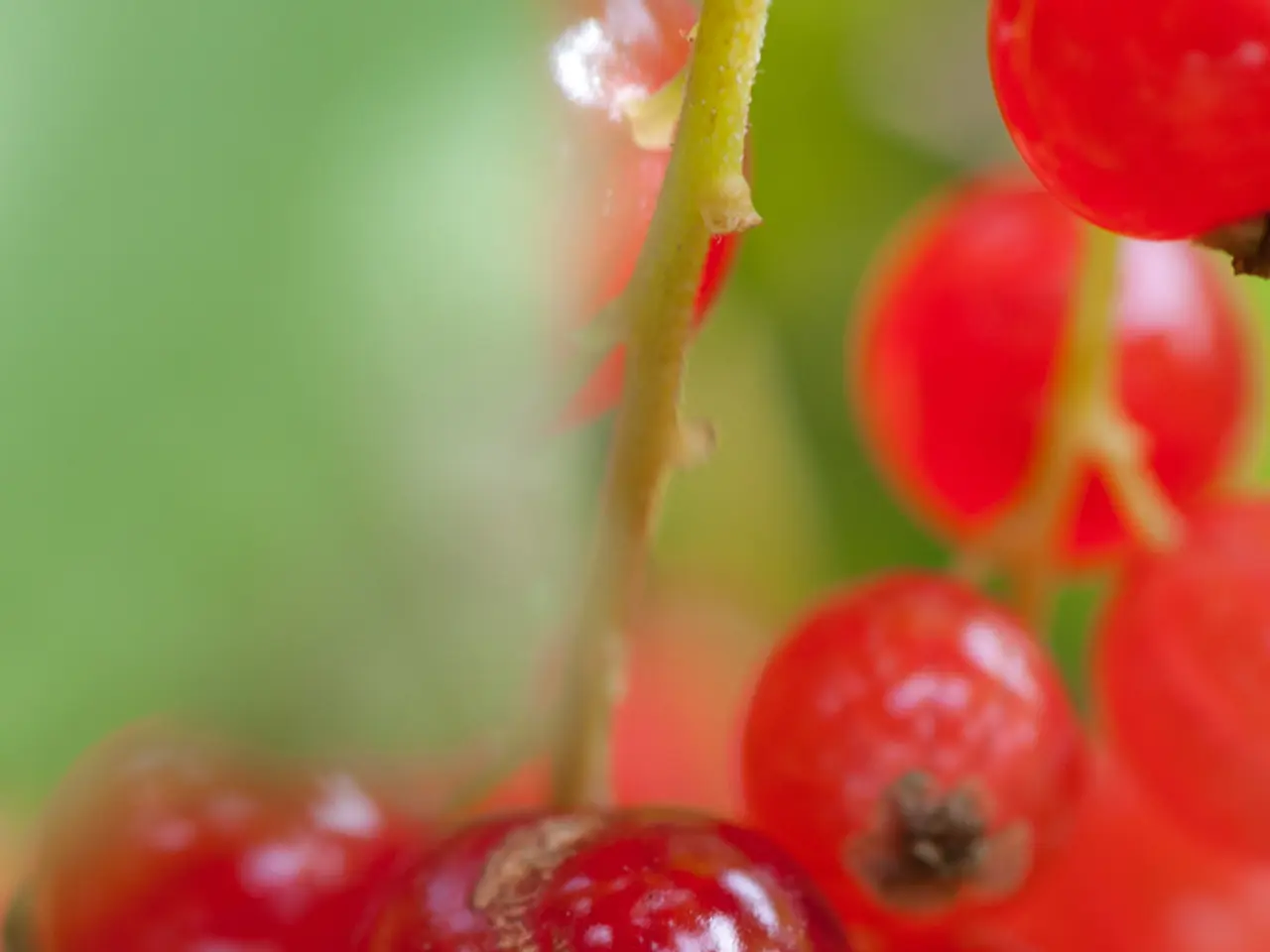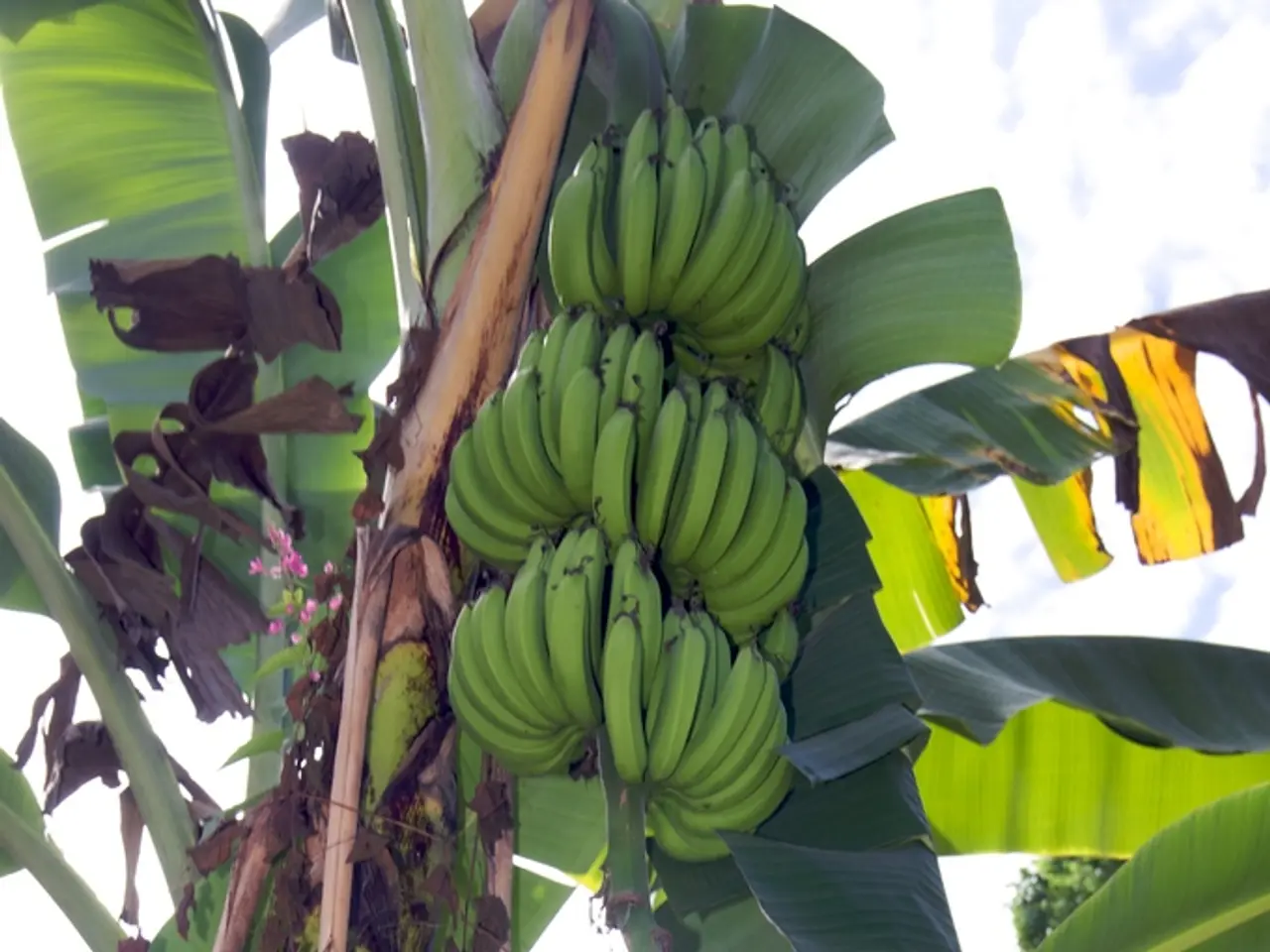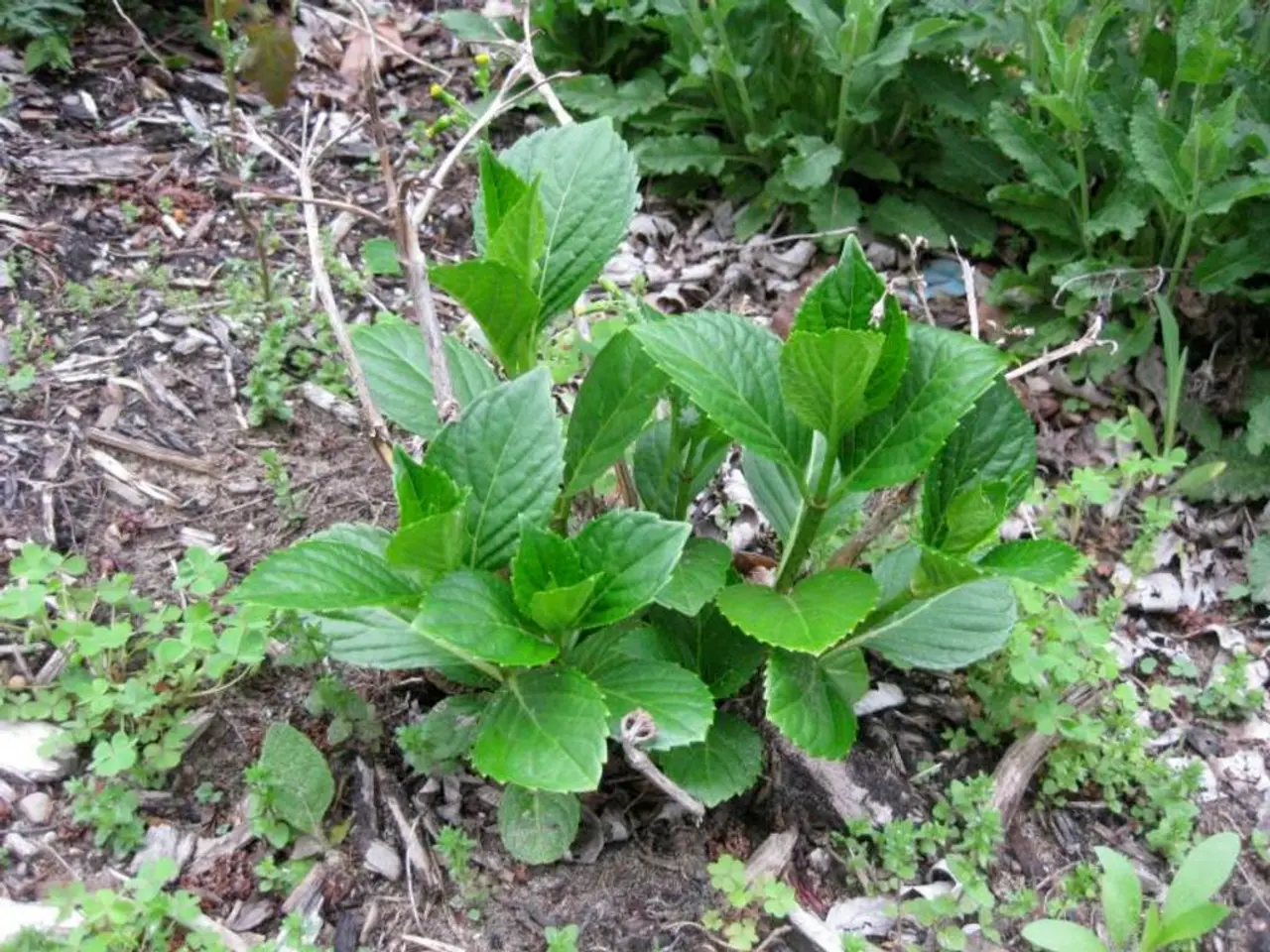Guidelines for Successful Cherry Cultivation
In gardens of all sizes, cherry trees offer more than just delicious fruit. These attractive trees bloom with spring blossom, produce colorful fruit, and boast interesting bark and leafy foliage that turns orange, red, and yellow in autumn. With proper care, cherry trees can thrive and provide a bountiful harvest.
Cherries come in two main varieties: sweet and sour (morello). Each type has slightly different requirements for growth and care. Sweet cherries, such as the self-fertile 'Sunburst' which produces black fruits in midsummer, fruit on wood produced the previous season or earlier. Morello cherries, like 'Morello', fruit on one-year-old wood.
Cherry trees grow best in a warm, sheltered frost-free spot in well-drained, slightly acid soil. Morello cherry varieties are generally smaller and can tolerate some shade. For the best results, plant bare-root trees in autumn or winter, when a wider choice of varieties and cheaper prices are available.
Year-round cherry tree care involves several key aspects: pruning, watering, fertilization, pest control, disease prevention, and maintaining the soil and environment.
**Pruning** is essential for balancing old and new growth, removing dead, diseased, and dying branches, and shaping the tree. Prune during the dormant period in late winter or early spring before new growth begins. Use sharp, clean tools to make clean cuts and minimize damage to the tree.
**Watering** should be deep and consistent, aiming to reach the roots without waterlogging. Excess moisture can cause root rot and fungal problems. Adjust watering based on rainfall and temperature, increasing during dry spells and reducing when the soil is moist enough.
**Fertilization** is crucial for supplying the nutrients cherries need for growth and fruiting. Apply a balanced fruit tree fertilizer in early spring and again in summer after harvest. Use a slow-release fertilizer or fertigation (fertilizer applied via irrigation) to supply nutrients steadily. Avoid over-fertilizing, which can harm the tree and reduce fruit quality.
**Pest Control** is necessary to protect cherries from common pests such as aphids and scale insects. Use organic insecticidal soap or neem oil to control infestations while preserving beneficial insects. Maintain tree health and cleanliness around the base to minimize pest habitats.
**Disease Prevention** is vital for maintaining tree health. Keep the area around the tree free of weeds and debris. Mulch around the base to conserve moisture and protect roots but avoid piling mulch against the trunk. Proper pruning improves air circulation, reducing fungal diseases like powdery mildew. In colder climates, protect the tree in winter by mulching roots and wrapping the trunk against sunscald or frost damage.
Cherry trees prefer fertile, well-drained soil with good aeration. Conduct soil tests to check pH and nutrient levels and amend as necessary with organic matter. Ensure the tree gets full direct sunlight for best growth and fruiting.
In summary, year-round cherry tree care involves winter pruning, regular watering without overdoing it, seasonal fertilization, vigilant pest control using organic methods, disease prevention through sanitation and pruning, and protecting trees during extreme cold. This integrated approach supports healthy growth, good fruit yield, and a robust tree.
Additional tips include pruning guides found in video resources, planting sweet cherries with a partner for pollination, and netting trees in summer to protect the fruits from birds or share the fruit with them. Sweet cherries are best eaten fresh, but will store in the fridge for about a week after picking. The acid varieties of cherries can be used in preserves, cakes, and tarts.
[1] RHS (2021) Cherry Prunus avium. [Online] Available at: https://www.rhs.org.uk/plants/30211/Cherry/Prunus-avium [Accessed 2021-05-03] [2] RHS (2021) Cherry Prunus cerasifera. [Online] Available at: https://www.rhs.org.uk/plants/247166/Cherry-plum/Prunus-cerasifera [Accessed 2021-05-03] [3] RHS (2021) Cherry Prunus cocomilia. [Online] Available at: https://www.rhs.org.uk/plants/247164/Cherry-plum-of-India/Prunus-cocomilia [Accessed 2021-05-03] [4] RHS (2021) Cherry Prunus domestica. [Online] Available at: https://www.rhs.org.uk/plants/30212/Cherry/Prunus-domestica [Accessed 2021-05-03]
Cherry trees can be integrated into both your lifestyle and home-and-garden, as they thrive in well-drained, slightly acid soil and require careful pruning, watering, and fertilization to produce their colorful fruit. Gardening cherry trees also involves pest control, disease prevention, and maintaining a clean environment for a bountiful harvest.




